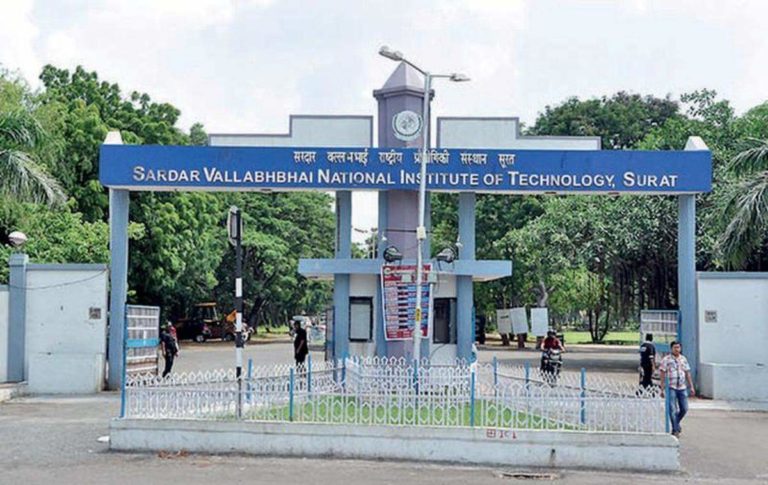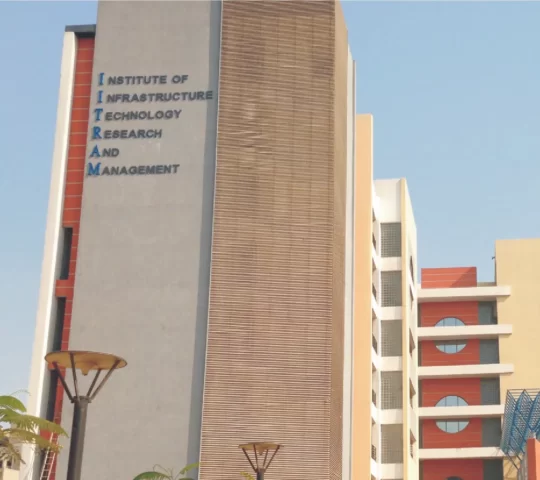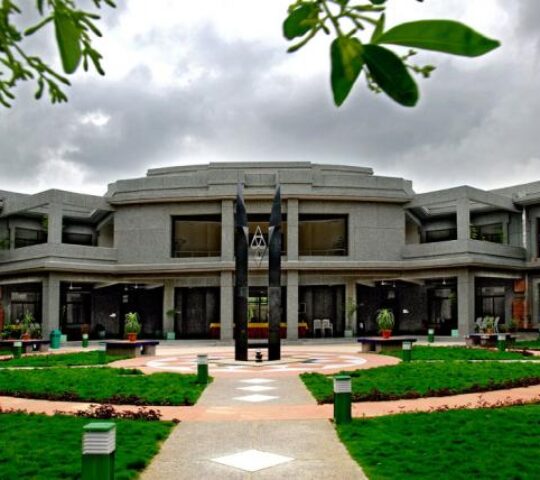Hightlight
-
 Auditorium
Auditorium
-
 Cafeteria
Cafeteria
-
 Computer Center
Computer Center
-
 Health Center
Health Center
SVNIT Gujarat Overview
The National Institute of Technology Surat (SVNIT or NIT Surat) is a public technical university established by the Parliament of India in 1961. It is one of 31 National Institutes of Technology in India recognized by the Government of India as an Institute of National Importance. It is the anchor institute for the auto and engineering sectors and will be training the workforce. The project is also designated as the “Center of Excellence under the Technical Education Quality Improvement Program” in water resources and flood management and is supported by the World Bank.
The institute organizes annual cultural and technical festivals, MindBend (a technical festival) and Sparsh (a cultural festival), that attract participants from all over the country and abroad.
Sardar Vallabhbhai National Institute of Technology, Surat, is a public technical university established in 1961. On December 4, 2002, SVNIT Surat was granted Deemed University status with the consent of UGC and was renamed from Sardar Vallabhbhai Regional College of Engineering & Technology (SVREC), Surat to Sardar Vallabhbhai National Institute of Technology. The university is ranked 47th in the engineering category in the NIRF 2021 Ranking. Furthermore, it has been ranked 98th in the overall category in the NIRF Ranking of 2021. As per the official website, SVNIT Surat’s mission is to be a leading technical institute at the international level.
At present, the university offers six UG programmes, 36 PG programmes, 3 integrated M.Sc. programmes, and 6 Ph.D programmes. SVNIT Surat offers a wide range of facilities to students, including a central library, computer center, hostels, canteen, playgrounds, etc. Students at the university can visit the National Scholarship Portal to avail themselves of national and state-level scholarships. The placement cell of the university offers an ample number of internship and placement opportunities to students.
The NIRF rank secured by SVNIT Surat is 58 over the recent past statistics, and the NIRF score sums up to 47.61 as the overall fee structure for the entire course program corresponds to INR 559000.
SVNIT Gujarat highlights
| Ranked in NIRF | 58 |
| UG Median Salary | 6.9L |
| Ownership | Government |
| Genders Accepted | Co-Ed |
| Estd. Year: | 1961 |
| Campus Size: | 250 |
| Total Faculty: | 295 |
| Total Approved Intake | 1561 |
SVNIT Gujarat Placement and Salary Trends
| 6.9L | 559 | 49.96L |
| UG Median Salary | Total Offers | Max Package |
Contact
FAQ's
Where is SVNIT Surat located?
SVNIT Surat is located in Surat, Gujarat, India.
What courses does SVNIT Surat offer?
SVNIT Surat offers undergraduate (B.Tech), postgraduate (M.Tech, MBA, M.Sc.), and doctoral (Ph.D.) programs in various fields including engineering, management, and sciences. It offers specializations in branches such as Civil Engineering, Computer Science and Engineering, Electrical Engineering, Mechanical Engineering, Electronics and Communication Engineering, and more.
How is the admission process at SVNIT Surat?
Admissions to undergraduate programs (B.Tech) at SVNIT Surat are primarily through the Joint Entrance Examination (JEE) Main conducted by the National Testing Agency (NTA). The admissions process for postgraduate programs (M.Tech, MBA, M.Sc.) typically involves entrance examinations like GATE, CAT, and JAM, respectively. The Ph.D. admissions process usually includes a written test and interview.
What is the infrastructure like at SVNIT Surat?
SVNIT Surat has a well-developed infrastructure. The campus includes academic buildings, hostels, a central library, auditoriums, sports facilities, a health center, a bank, shopping centers, and other student amenities. The institute has modern classrooms, well-equipped laboratories, research centers, and a strong computer network infrastructure.
How is the faculty at SVNIT Surat?
SVNIT Surat has a highly qualified and experienced faculty across various departments. The faculty members are dedicated to teaching, research, and industry collaborations. They actively engage in research projects, publish papers in reputed journals, and participate in national and international conferences. The institute also invites guest lecturers from industry and academia.



